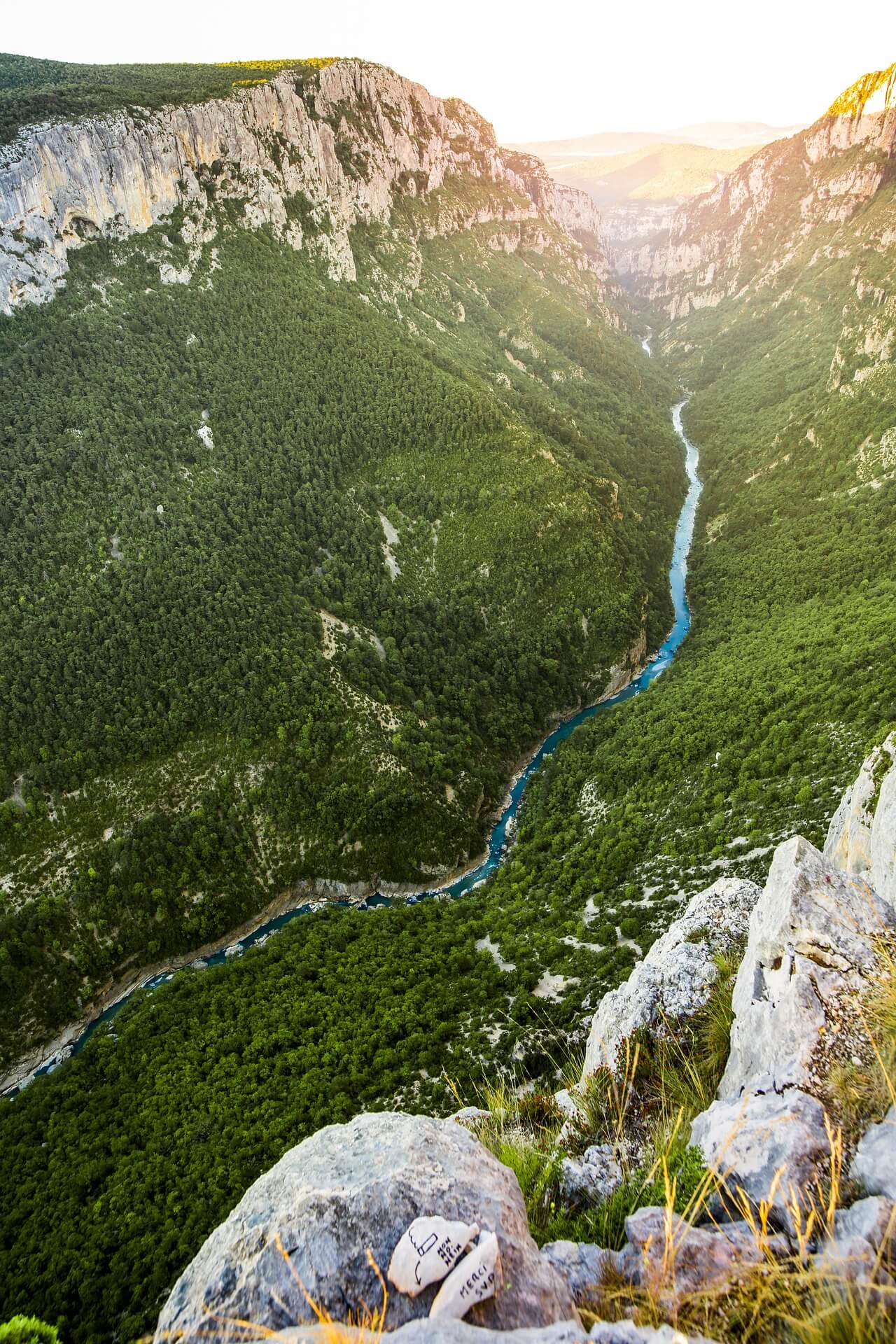The Pays de Caux, ideal for a weekend in Normandy
The Pays de Caux s’étend entre terre et mer et suit la vallée de la Seine south of Rouen to Le Havre. Il jouxte également les falaises de la côte d’Albâtre jusqu’à Dieppe. Les vastes étendues de champs de lin vert et bleu, de colza jaune vif et les prairies vertes créent une harmonie paisible. Veules-les-Roses est une petite station située dans une vallée verte. C’est un beau village qui a été élu l’un des plus beaux de France. Son architecture complexe témoigne de son passé, avec des bâtiments de style néo-normand côtoyant des manoirs bourgeois, des maisons de tisserands au toit de chaume et des maisons de pêcheurs. Cette ville est une ville marine, où la mer est toujours présente. Elle est aussi une City of Art and History, qui a été une source d’inspiration pour de nombreux artistes. La rue des ivoiriers, la place du Canada, le front de mer avec ses falaises ne sont que quelques-uns des points forts que vous trouverez. Déjeuner dans un restaurant de Dieppe (ou dans les environs). Enfin, passage par Saint-Valery-en-Caux, charmante ville balnéaire.

Le Pays de Caux, très prisé des parisiens
You could call this place Paris-Plageas the nearest coastline to Paris is between Etretat and Dieppe. Il serait injuste de réduire le Pays de Caux à la Côte d’Albâtre. A countryside landscape is formed between the Seine and the Channel. There are thatched farms, fat cows and abbeys, manor houses and brick-walled villages. Guy de Maupassant, originaire de cette région, a décrit une certaine forme de bonheur provincial.
Le plus beau paysage du Pays de Caux : la Côte d’Albâtre.

La Seine Maritime de la région Normandie abrite la Côte d’Albâtre. Elle est située dans la région Normandy, et fait face à la Manche. Elle s’étend sur plus de 130 km du Tréport jusqu’au Havre.
Vous y trouverez un paysage unique entre falaises calcaires, campagne verdoyante, et une vue qui a été classée au patrimoine mondial de l’UNESCO.
These chalk walls with grass covered with milky white chalk sont un hommage à l’impressionnisme. Ces falaises sont le résultat d’une longue sédimentation au cours du Crétacé et des variations de la mer. La Côte d’Albatre, qui atteint 105 mètres au Cap Fagnet, est l’une des merveilles naturelles les plus étonnantes de France. La Normandie est une destination incontournable et emblématique.
Un détour obligatoire par Étretat au Pays de Caux
Tout le monde connaît les cliffs of Etretat. Cette station balnéaire est une carte postale de la Normandie. Elle a le même charme que le Mont-Saint-Michel or the boards of Deauville. Elle a été immortalisée par Claude Monet et de nombreux autres peintres. Ils doivent à Etretat une grande partie de sa renommée. Respirez profondément et profitez de la vue sur la mer depuis le sommet des collines calcaires. Le monument à la mémoire et aux sacrifices de Nungesser (and Coli) is visible from the Upstream cliffs. C’est ici que l’avion a été aperçu pour la dernière fois. Le sentier longe la falaise d’Aval avec son arche massive. Il offre une vue magnifique sur le golf, puis descend vers la mer. Il vous permet de rejoindre le Tilleul, une beach tranquille. Vous pouvez également profiter de ce lieu magique en vous glissant de la plage au « Trou à l’Homme« , grotte visible au pied de la falaise d’Aval. Une échelle métallique vous conduit au tunnel qui mène à la plage la plus sauvage. C’est sans doute le lieu le plus exotique. Attention ! Vérifiez les marées !






